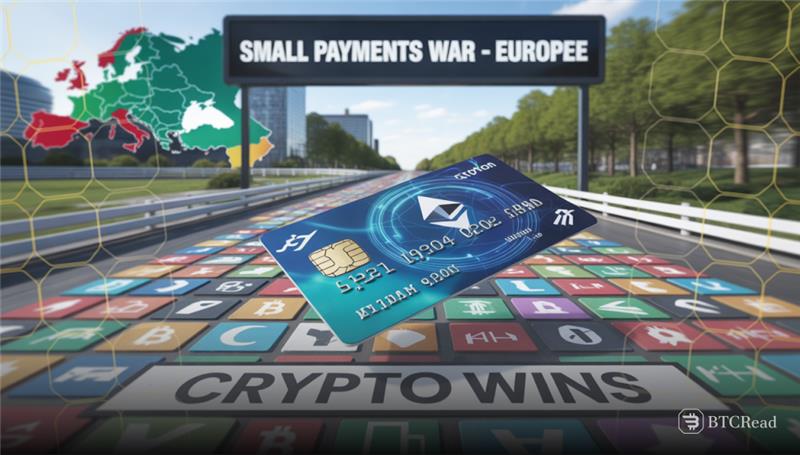Crypto payments are increasingly playing leading roles in redefining the way consumers in the euro area make regular spending and transfers. It is the trend witnessed with the European Central Bank 2024 SPACE survey, wherein cash usage is reduced while digital means are favored for their convenience and efficiency.
These numbers reflect that 75% of the day’s consumption spending occurred at physical points of sale, 4% during peer-to-peer transactions, and 21% across the internet.
For the value of payments, 58% occurred while going shopping, 6% while transacting between peers, and 36% through internet exchanges. These figures confirm a clear move toward digital payments, especially for larger purchases or services ordered remotely.
Across the private sector, crypto cards are making significant inroads. CEX.IO reported a 15% increase in new crypto card orders across Europe in 2025, driven by consumer demand for more flexible, asset-backed spending tools.
Average transaction values with these cards stood at €23.7, notably lower than the €33.6 average for traditional bank cards, according to Mastercard data.
Crypto card adoption rises with smaller, frequent transactions
CEX.IO data also shows that 59% of crypto card payments were towards groceries, closely mirroring the ECB’s 54% benchmark. Restaurant and bar spending comprised 19%, with crypto cards frequently appearing in day-to-day instances. 45% of total crypto-card-attached spending was also below €10, where the use of cold hard cash has always dominated.
Users powered 73% of crypto card payments using stablecoins like USDT and USDC. They also used Bitcoin and Ethereum for spending on food, transport, and leisure. This surge in digital asset utility reflects a broader move toward diversified, fast-payment ecosystems.
Yet risks remain. Barclays recently banned crypto transactions on its credit cards, citing volatility and a lack of consumer protection. As digital methods expand, regulators and innovators must ensure equal access, privacy, and reliability across both crypto and traditional systems.







